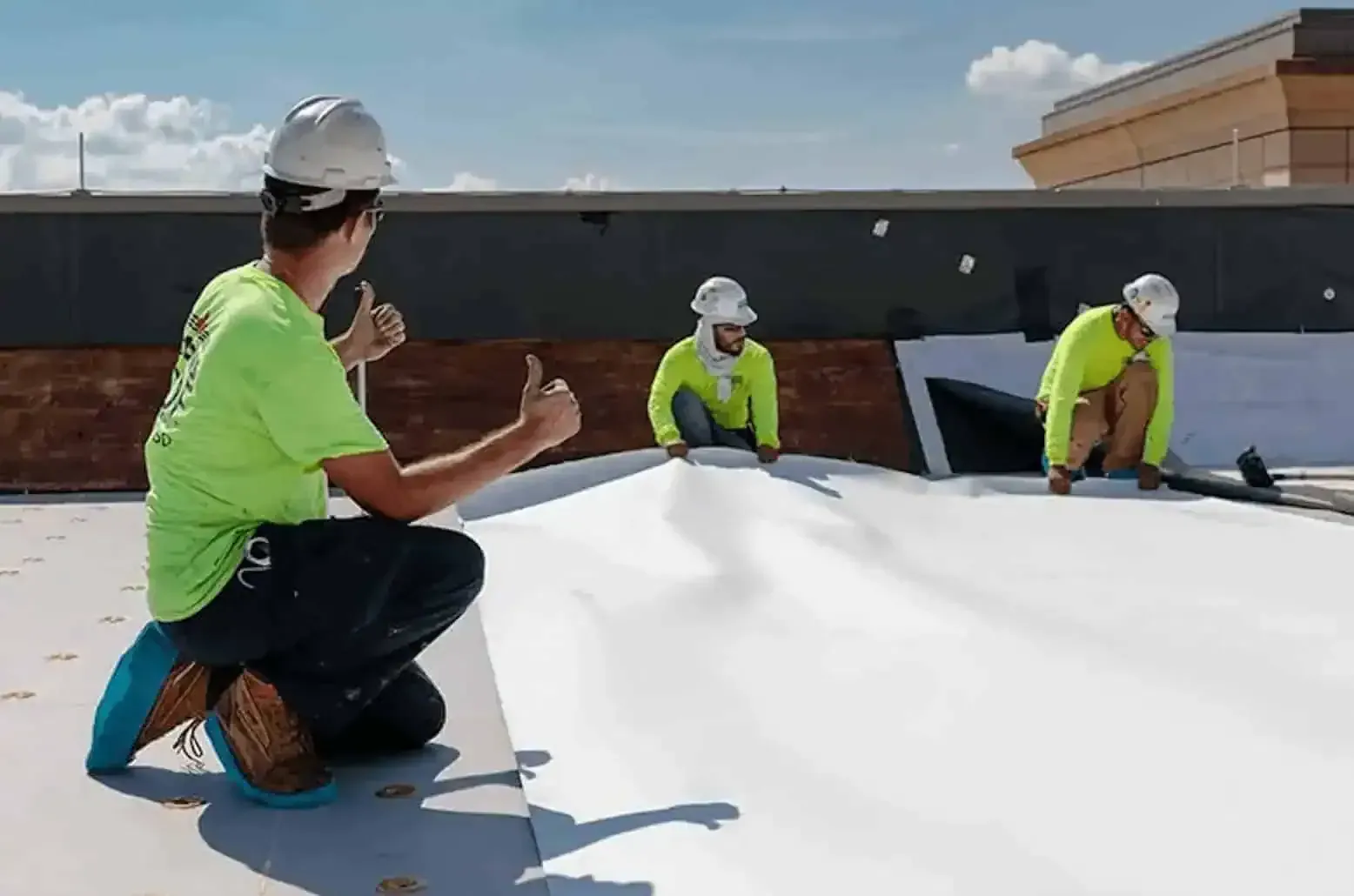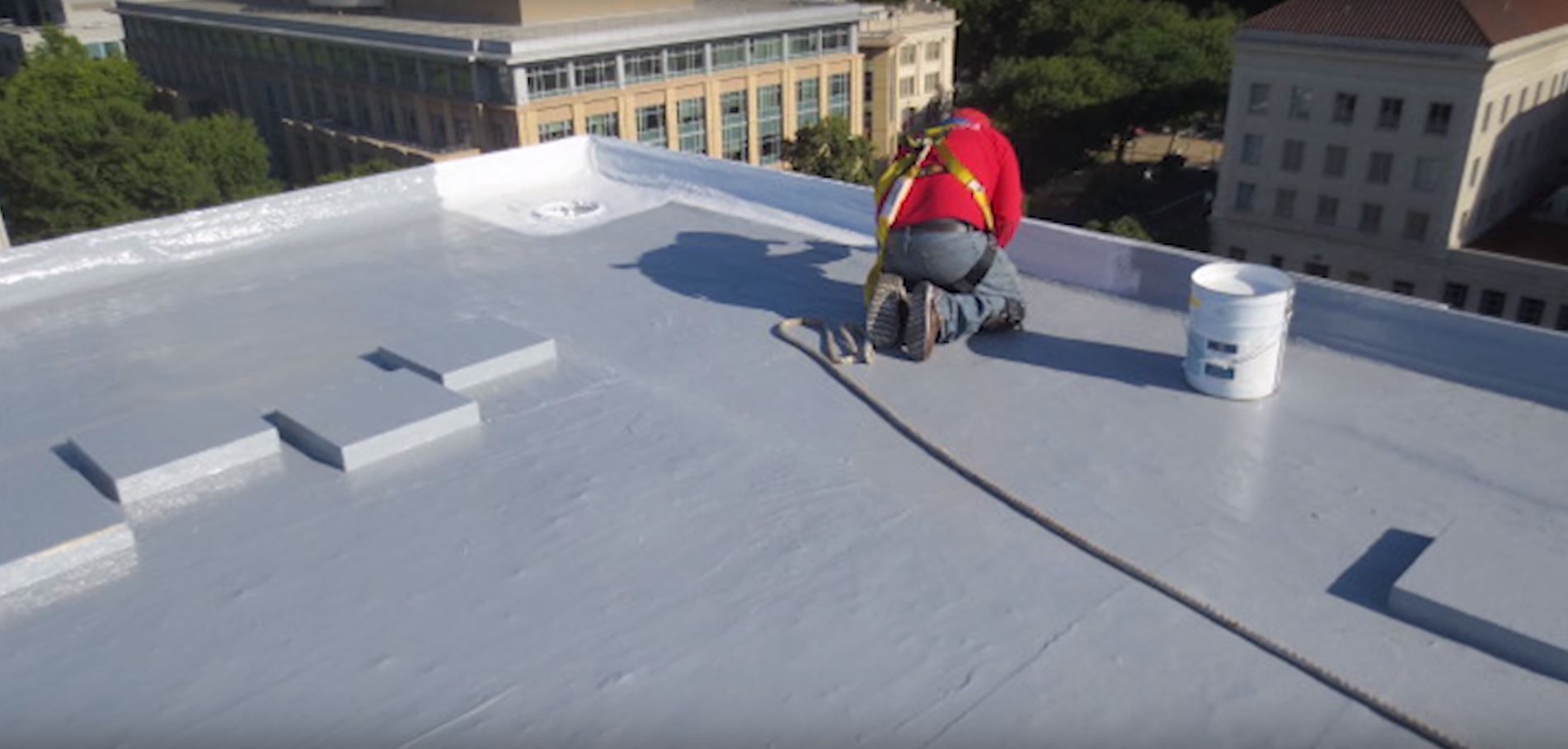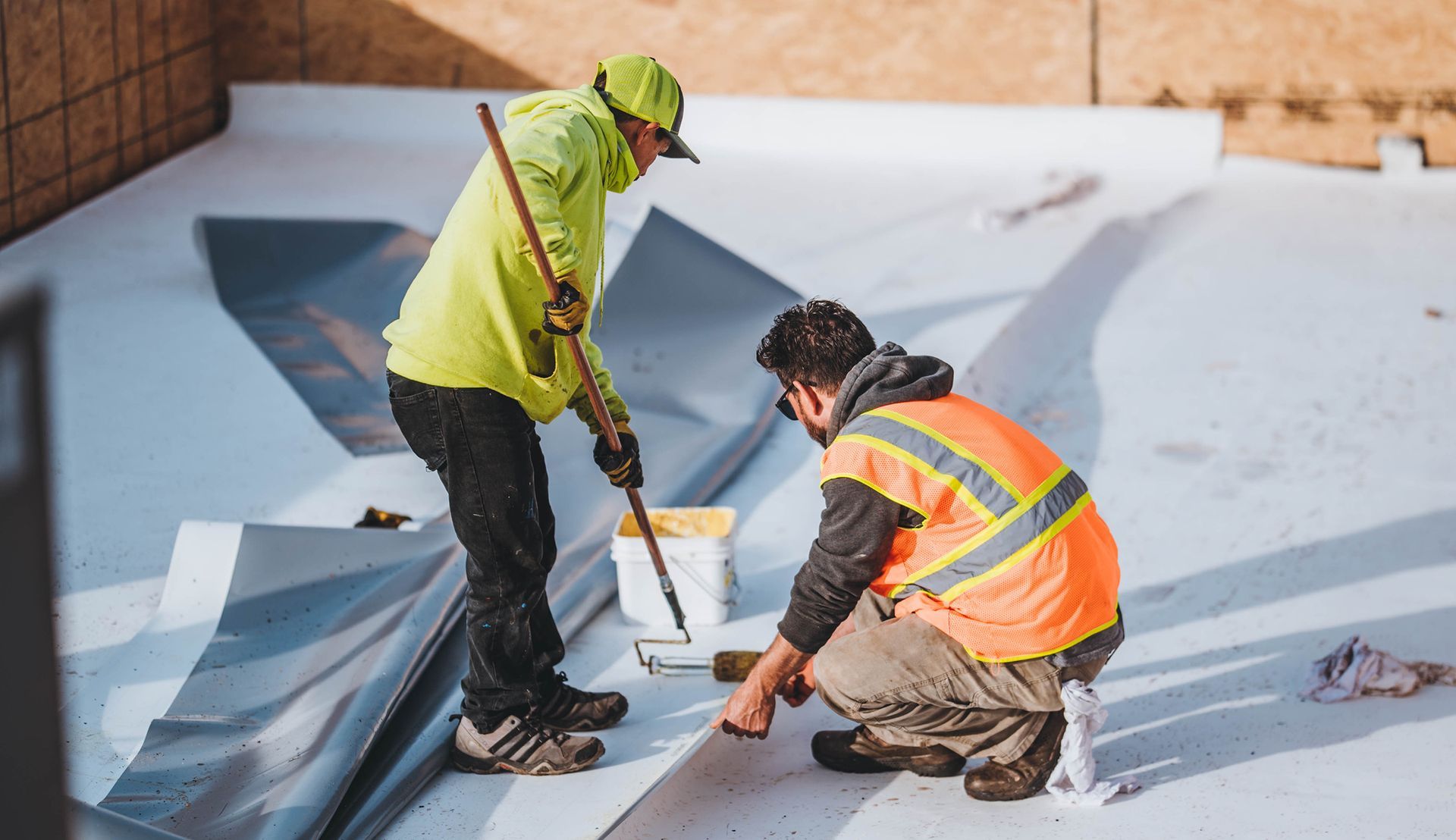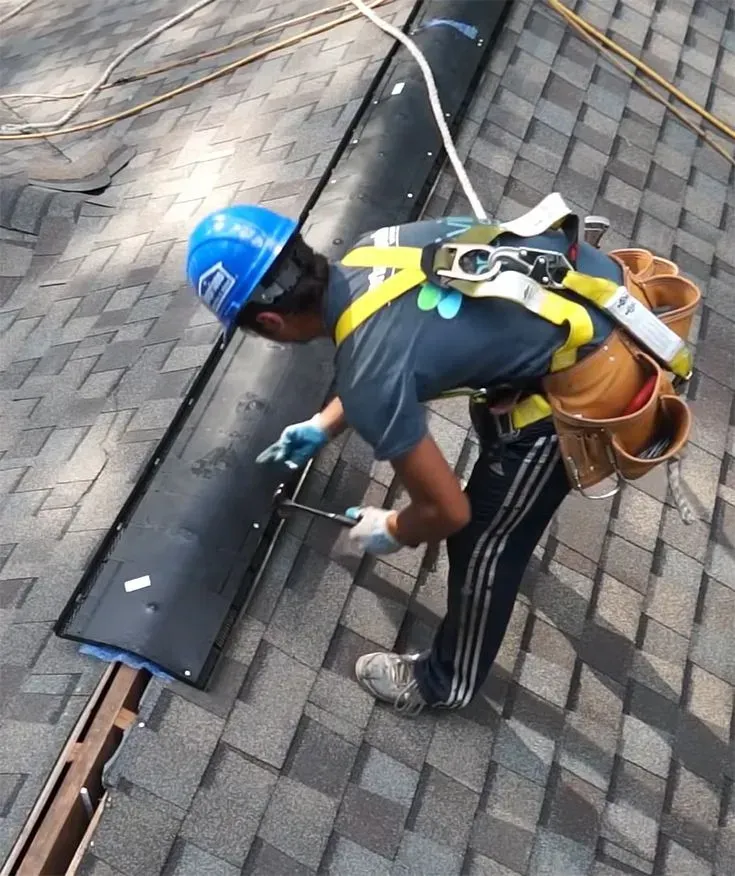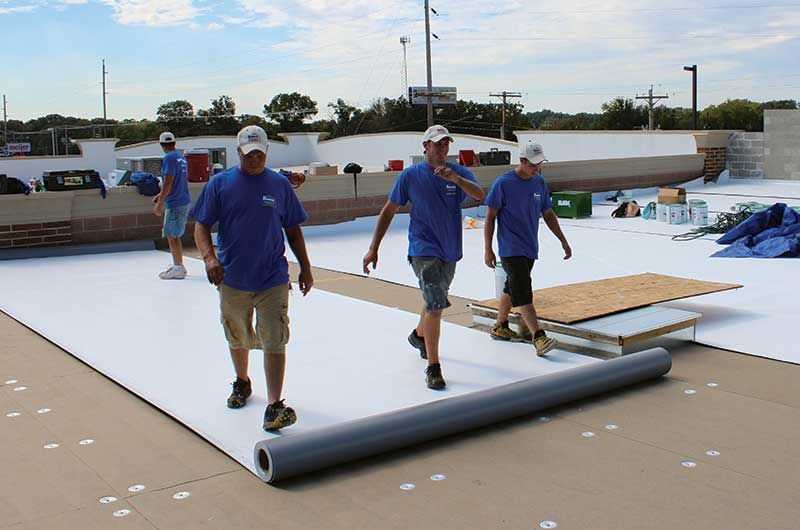What Is TPO Roofing?
TPO stands for Thermoplastic Polyolefin, a single-ply roofing membrane that has become increasingly popular for flat roofs in Washington DC. We install this modern roofing solution for both residential and commercial buildings.
TPO roofing is made of a durable polymer that creates a watertight seal over your roof. It comes in large sheets that we heat-weld together during installation, creating strong seams that prevent leaks.
One of the biggest advantages of TPO is its energy efficiency. The white surface reflects heat rather than absorbing it, which can help lower your cooling costs during DC's hot summers.
TPO roofing lasts 25-30 years, outlasting many traditional flat roofing materials. This longer lifespan makes it a cost-effective choice for your property.
Installation Process
This is the text area for this paragraph. To change it, simply click and start typing.
1. Surface Preparation
Before installing a TPO membrane, we thoroughly prepare the roof surface. First, we remove all existing roofing materials, including old shingles, asphalt, or damaged membranes. This gives us a clean slate to work with.
Next, we inspect the underlying deck for structural issues. We repair any damaged sections and ensure the surface is completely flat. Smoothness matters—even small imperfections can damage the TPO membrane over time.
We then install insulation boards to improve energy efficiency. These boards are carefully secured to the deck and create a uniform surface. Finally, we clean the entire area, removing debris and moisture that could interfere with adhesion.
Proper preparation is crucial for a successful TPO installation. We never rush this stage, as it forms the foundation for everything that follows.
2. Membrane Attachment
We offer several methods to attach TPO membranes to your roof, each suited to different building structures and climate conditions.
Mechanically Attached Systems use special fasteners to secure the membrane to the roof deck. This method is cost-effective and works well in most conditions. We space the fasteners according to manufacturer specifications and wind uplift requirements.
Fully Adhered Systems use adhesive to bond the entire membrane to the substrate. This creates a smooth appearance and excellent wind resistance. We carefully apply the adhesive and roll the membrane into place to prevent air pockets.
Ballasted Systems use gravel or pavers to hold the membrane in place. This option is economical but requires a roof structure that can support the extra weight.
We'll recommend the best attachment method for your specific building after our initial assessment.
3. Seam Welding
TPO seams must be properly welded to create a watertight barrier. We use hot-air welding technology to fuse the membrane sections together at a molecular level.
Our technicians operate specialized hot-air welding machines that heat the overlapping membrane edges to the precise temperature needed for perfect fusion. These machines create consistent, reliable seams that are actually stronger than the membrane itself.
For hard-to-reach areas, we use handheld welders with specific settings for TPO material. Each seam is tested using a probe to verify complete bonding and watertight integrity.
We also perform pull tests on sample welds at the beginning of each day to ensure optimal welding parameters. This attention to detail prevents future leaks at seam locations—a common failure point in poorly installed roofing systems.
4. Flashing and Detail Work
Proper flashing is critical to prevent water infiltration at roof penetrations and transitions. We install pre-molded TPO flashing at all roof penetrations, including vents, pipes, and HVAC units.
For roof edges, we secure TPO-coated metal flashing that creates a seamless transition. This edge detail prevents wind uplift and water intrusion at the roof perimeter.
At wall transitions, we carefully extend the membrane up the vertical surface and secure it with termination bars. We then seal the top edge with appropriate caulking to prevent water from migrating behind the membrane.
Our detail work includes creating proper drainage paths toward roof drains and scuppers. We ensure positive drainage by adjusting insulation thickness where needed, eliminating potential water pooling areas.
These details may seem small, but they make the difference between a leaky roof and one that performs flawlessly for decades.
5. Inspection and Quality Assurance
We conduct thorough post-installation inspections to verify that your TPO roof meets our high standards. Our team checks all seams, flashings, and edges to ensure watertight integrity across the entire surface.
Documentation is an important part of our process. You'll receive detailed reports of our findings along with photos of the completed work. This documentation helps with warranty claims if needed in the future.
We also perform drainage tests to confirm proper water runoff and prevent ponding issues. Many roofing problems stem from standing water, so we take this step seriously.
Our quality assurance doesn't end after installation day. We schedule a follow-up inspection 30-60 days after completion to address any settling or minor adjustments needed.

